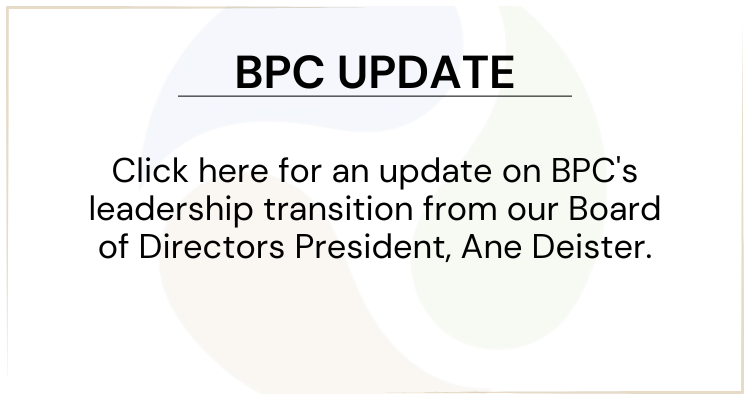The last full week of U.S. economic releases, before what arguably is the biggest FOMC meeting in nine years, came in on the underwhelming side. Labor market indicators from the Labor Market Conditions Index (LMCI) for November, Job openings for October, and initial jobless claims for last week all missed analyst consensus expectations. Another disappointment came from the NFIB small business index, which sank in November to 94.8 from 96.1 in October. But with the first Fed interest rate hike in nearly a decade looming, some trepidation in small business confidence is to be expected.
In the end, these modest economic misses won’t fundamentally alter FOMC members’ forecasts for the U.S. economy in 2016 and beyond, and will have little bearing on their decision on whether or not to raise U.S. interest rates. Markets have nearly fully priced in a December rate hike from the Fed at this point. The Fed Funds Futures implied probability of the December rate hike from the Fed is now at 76%. The 2-Yr Treasury yield is holding near its highest level in this expansion at 0.91%.
Perhaps more important than the FOMC’s momentous decision of whether to start normalizing short-term interest rates next week will be the way they communicate the path of the Fed funds target rate going forward. I expect them to retain the gradual language and even emphasize that the pace of additional interest rate hikes will remain data dependent. This will give the FOMC the flexibility to scale-up or scale-back their rate hike pace next year depending how the labor market or inflation evolves.
Besides dissecting every word in the FOMC statement next week, analysts will be poring over the latest summary of economic projections and dot-plot to gauge not only the median expected pace of monetary tightening and economic growth, but also the direction of change.
I expect the FOMC has scaled back a bit on their expectations of where the Fed funds target rate will be at the end of 2016 and 2017 since September’s meeting, given the on-going weakness of the global economy and the likely influence this will have on the U.S. dollar and core-inflation in 2016. The divergence between Fed monetary normalization and further easing by many other major central banks, from the ECB to PBOC, could put further upward pressure on the U.S. dollar and dampen emerging inflationary pressures created by the tightening labor market. Next week’s FOMC meeting will true up market interest rate expectations and set the investment themes for 2016.
To learn more, check out this week’s US Outlook Report.
Tags: economy, labor market

